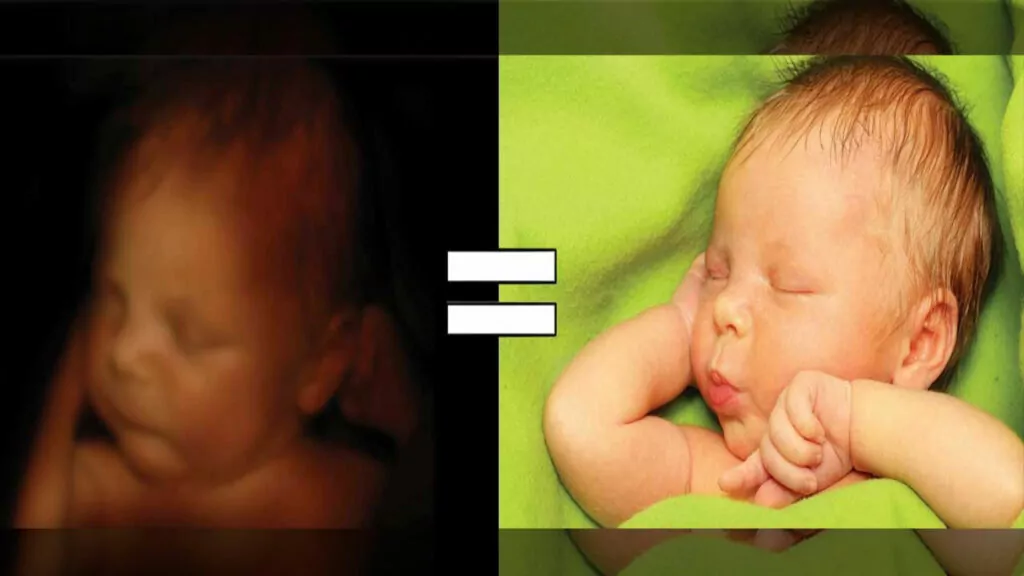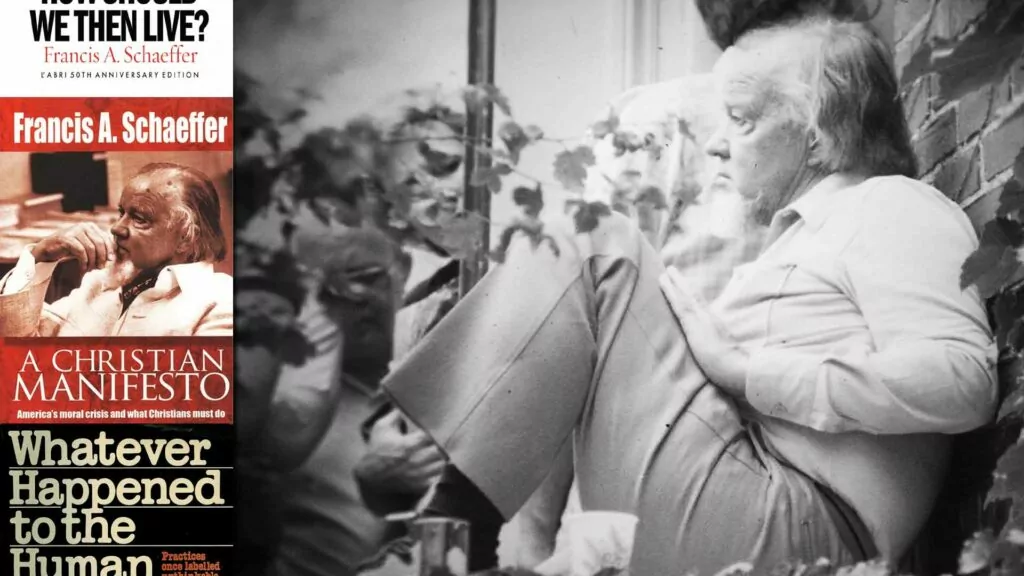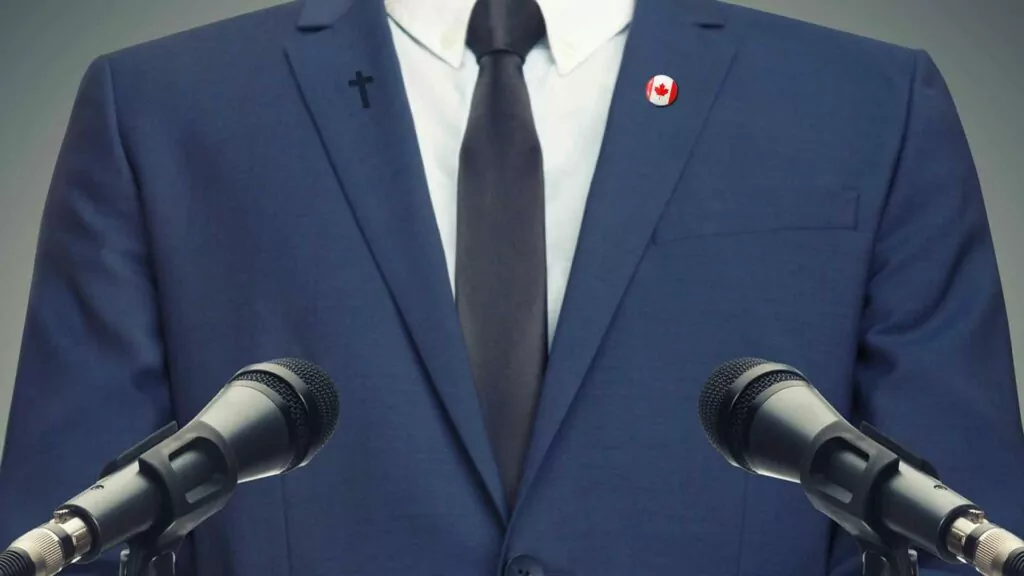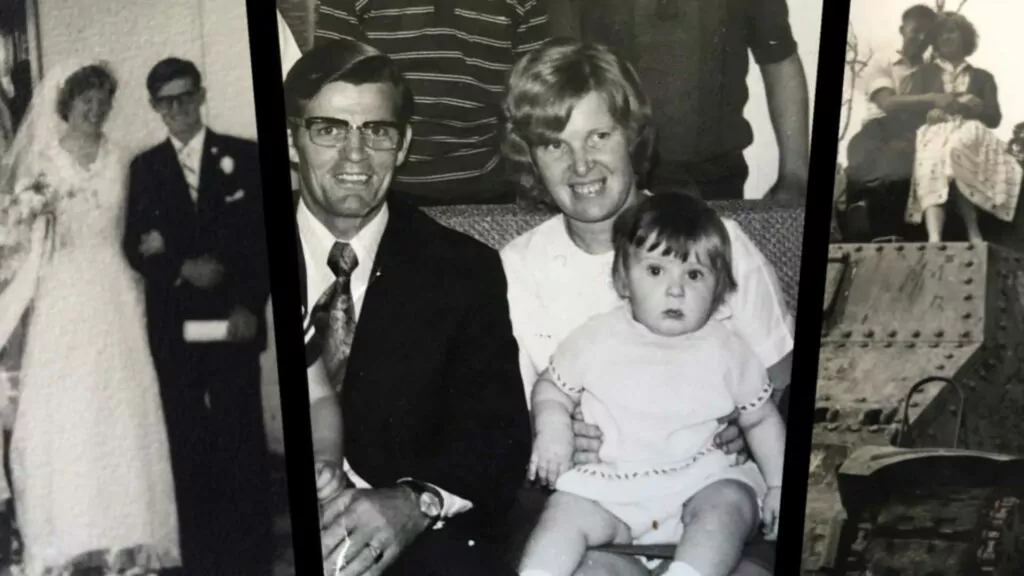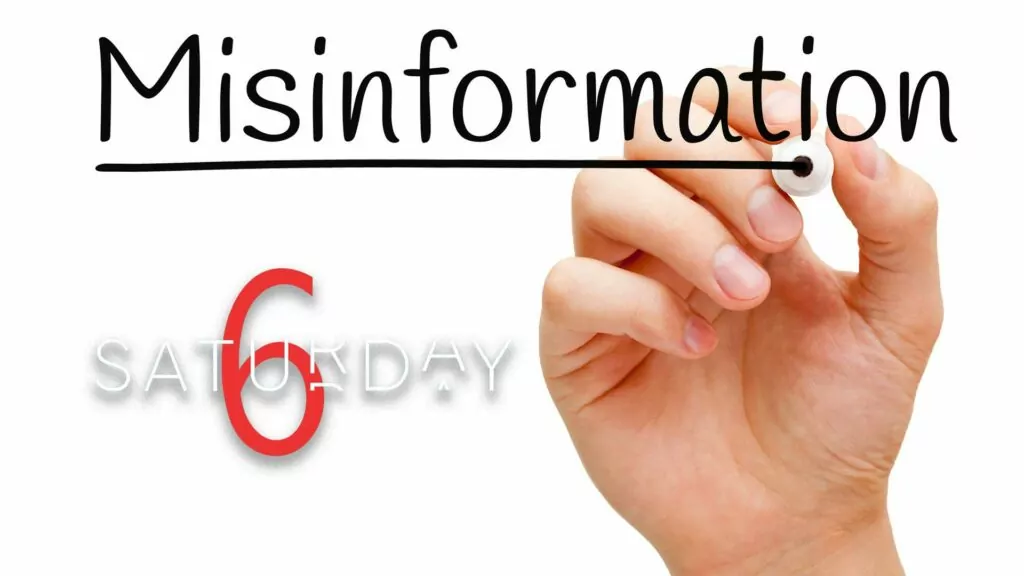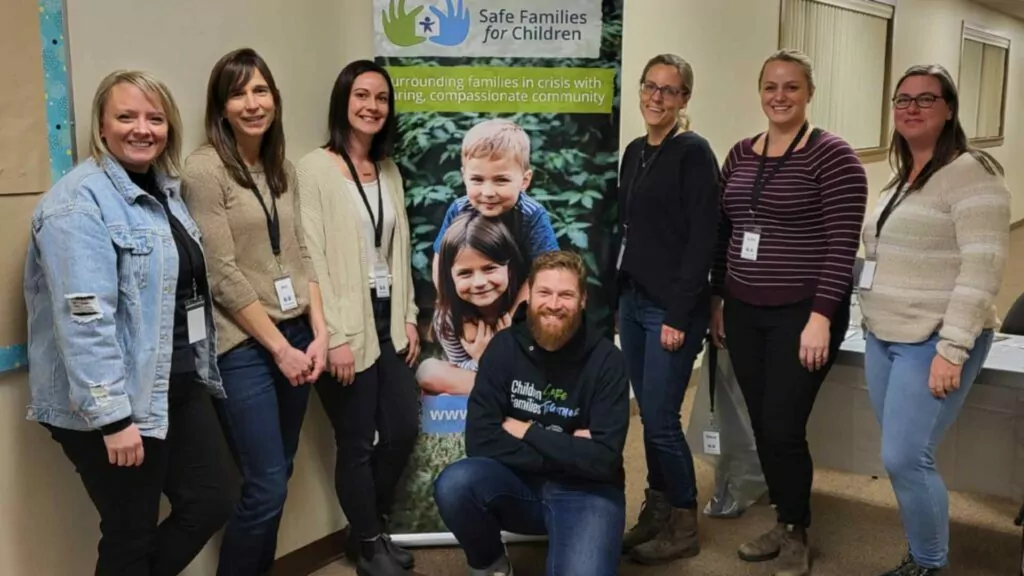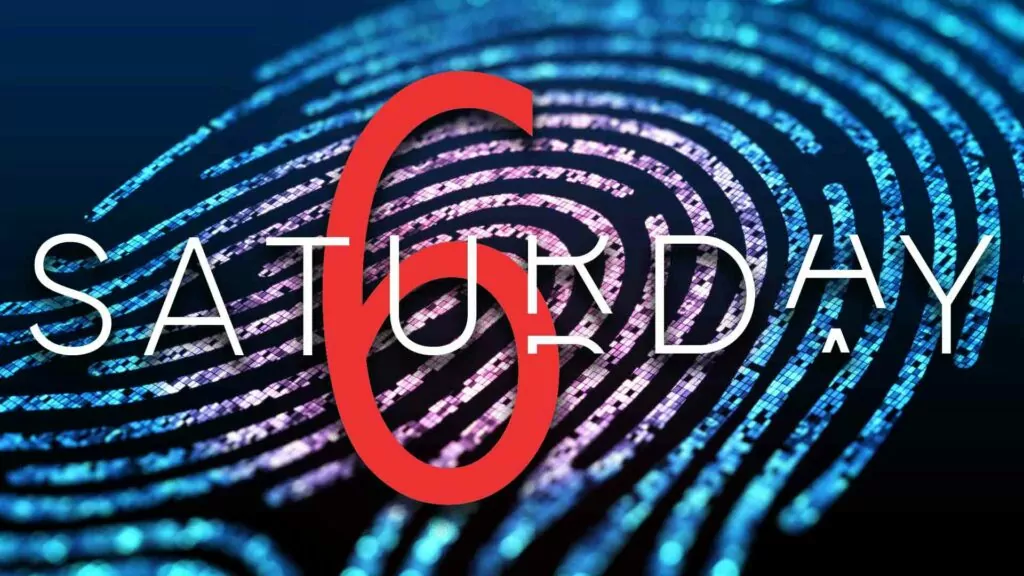
Assorted
Too certain by half: standing firm doesn’t mean dismissing all debate
As a young man I spent years trying to decipher the stony response I got when people found out my church denomination. I finally discovered there was an impression circulating that painted us as Christians who are "too certain by half." Others could see shades of gray; we were said to see only in black and white. Some debated and dialogued; we were accused of making only pronouncements.
I took some comfort in knowing these same accusations are thrown at other conservative churches too. The world doesn’t like that while they devolve into lawlessness, God's people will firmly oppose abortion, adultery, euthanasia, homosexuality, premarital sex, pornography, and more.
So the accusation wasn't entirely fair... but it wasn't baseless either. While Christians should speak out clearly on whatever issues God's Word speaks on clearly, we sometimes express certainty about issues that aren't so certain.
When I growing up, biking or playing basketball on Sunday was a definitive no. The Christian schooling vs. homeschooling debate has sometimes been treated as if there was an 11th commandment that settled the matter. More recently, many were sure they knew how our churches should respond to government lockdowns and mandates, even as many other Christians sharply disagreed.
The point here is not to dispute that the Bible gives direction on these issues – it does. But when we act as if an issue is clear-cut when the biblical position is only discernible after extended study, then we will be seen as unreasonable and even arrogant. Our attitude will ensure that people who might learn from us, won’t want to talk to us.
It’s important, then, to remember that while the Bible addresses many issues, it does not speak directly to all issues.
Different degrees of clarity
In his book Reformed Journalism, Marvin Olasky provides a helpful analogy, comparing the Bible’s various degrees of direction to the six classes of whitewater rapids. Class One rapids can be navigated by anyone, while Class Six rapids are all but impossible.
CLASS ONE: Specific biblical embrace or condemnation
Examples of Class One issues are homosexuality and euthanasia. While these are hot topics in today's Church, the Bible’s condemnation of homosexuality and murder are so clear that they can only be misconstrued by those trying to twist Scripture. To pretend that these issues are anything other than black and white issues is to act as if the Bible as a whole is either obscure or meaningless.
CLASS TWO: Clear, though implicit, biblical position
As Olasky notes, “even though there is no explicit command to place our children in Christian or home schools, the emphasis on providing a godly education under parental supervision is clear.” So while not explicit, there is a clear implicit biblical directive to follow – parents cannot hand off the responsibility for their children's education.
CLASS THREE: Both sides quote Scripture, but careful study does allow biblical conclusions
Some Christians, citing examples like the Good Samaritan, and quoting texts like “love your neighbor as yourself,” think that helping the poor means guaranteeing everyone a certain standard of living. But as Olasky notes, if in the Bible, “even widows are not automatically entitled to aid then broad entitlement programs are suspect…the poor should be given the opportunity to glean, but challenged to work.”
With issues like these, looking deeper into Scripture allows us to find a more certain direction.
CLASS FOUR: Biblical understanding backed by historical experience allow us to draw some conclusions
Olasky gives as an example here the many large government initiatives. While a national daycare program, or socialized medicine, or public education may in many ways seem like wonderful ideas, we can look back through history and see what happens when governments exert more and more influence over daily life. There is no clear biblical directive for limited, smaller government, but Samuel’s warning in 1 Sam. 8 and Lord Acton’s historically verified adage, “Absolute power corrupts absolutely” show us we should be suspicious of any government that seeks to constantly expand its sphere of influence.
CLASS FIVE: A biblical sense of human nature provides minimal, but real direction
Class Five issues don't have clear biblical or historical direction, but "a biblical sense of human nature" can help us here. So, for example, many parents are wondering what age their children should be given smartphones. There is no historical precedent and no particular verse we can look to for guidance.
But knowing what we do about our sinful nature, we can understand that giving teens – just as they are going through puberty – a portal through which they can access unlimited sexual imagery (whether on purpose or by accident) could be a less than wise decision. But, knowing human nature as we do, we also understand that it would be best if they learned how to properly use this tool while still under our guidance; we shouldn't just ban them from ever having a smartphone for as long as they live under our roof.
Even if we don't know exactly what to do, we have at least some guidance.
CLASS SIX: These issues are navigable only by experts, who themselves might be overturned
Some issues have no clear biblical position. These issues can range from the local (Should we install a stoplight or a traffic circle at this intersection?) to the national (Should we jail people for marijuana possession or fine them?) to the international (How should we deal with a nuclear North Korea?).
Conclusion
To be a true light to the world Christians must speak out clearly where God’s intent is clear. No matter how intimidating, no matter how unpopular it might be, in these circumstances we need to speak God's Word with power and conviction. Here we need to embrace all that's right and good in that "fundamentalist" caricature – we need to be immovable, be firm, be stubborn even. We must not compromise on God's Truth.
However, where God's direction is less clear, or even unclear, we act arrogantly if we present our opinion as unquestionable. When God's direction is less than clear, we need to be ready to listen and to debate with those who think differently – particularly when we are talking with other Christians who are just as eager to think God's thoughts after Him. Only when we own up to the shakiness of our position, do we have the opportunity for "iron to sharpen iron" (Proverbs 27:17); only then can others help test and refine our thinking.
Now, few of us enjoy the refining process – it can be uncomfortable to have our ideas tested. But it's for us that God gives this warning:
Whoever loves discipline loves knowledge, but he who hates reproof is stupid (Prov. 12:1).
In other words, if you are beyond correction – if you don't welcome it and don't want it – God says you are stupid.
That doesn't make you unusual.
But it does mean you need to repent.
Is that a sour note to end on?
Only if you don't like correction :)







